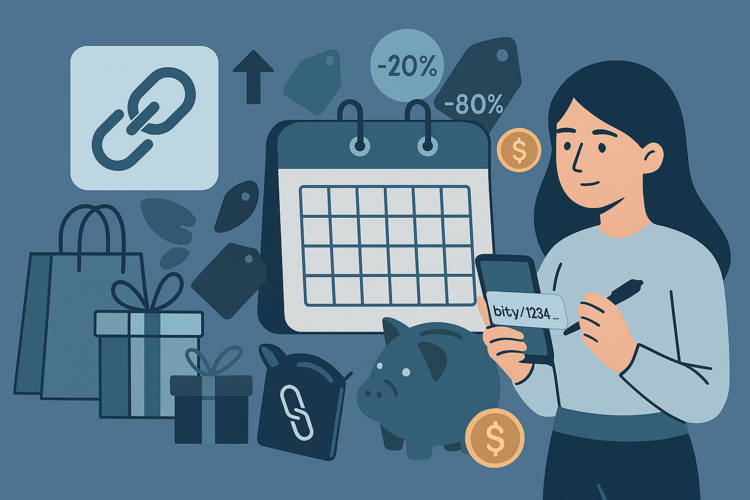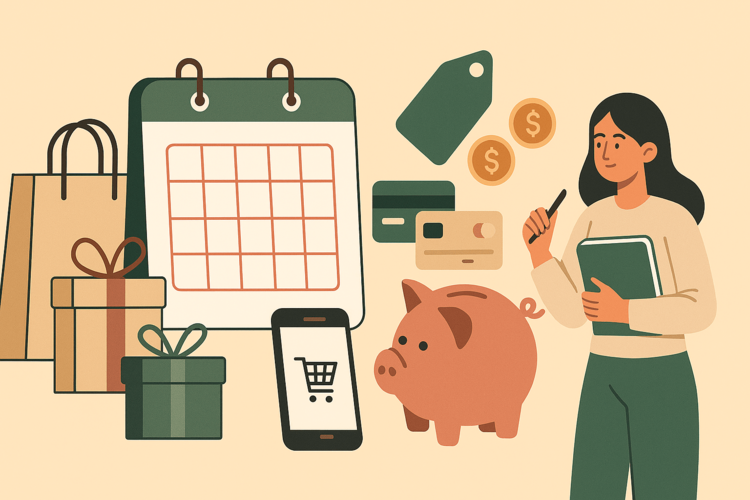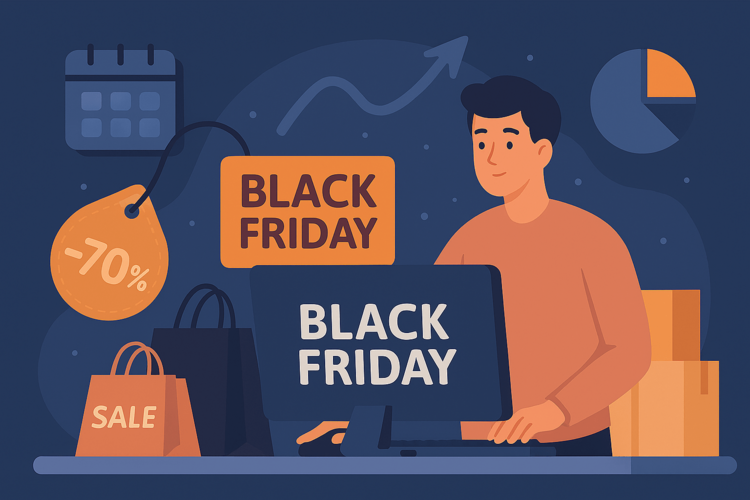You can test buttons as many times as you want, calculate the CTR to the fourth decimal place, and purchase access to another email service that guarantees success. But if you make basic mistakes, your budget will slowly dwindle. And even if the openings are good, the email's effect is zero. Why? And we'll explain it here.
You write letters in the style of "there are many of us, but you can handle it."
When someone opens an email, they want to hear something for themselves. Instead, they get: "We launched," "Our team nailed it," "We're excited about the new release."
Well what am I doing here?
If your text doesn't answer the question "what's in it for me?", it's doomed to fail. Formally, everything is fine: the template is nice and the button is in place. But the benefits are zero. You should write for the user, not for the "sent" message.
Email subjects that could be masterpieces... if they weren't banal
Seriously, if the subject line sounds like “Send #4” or “June Sales,” you can safely assume this email wasn’t delivered, no matter how Mailchimp tells you.
The theme is your face. It'll either catch your eye or get lost among the "Kitchen Essentials - 50% off" ads.
And it's not about clickbait, it's about the human side: "Why the hell are you writing this to me?" Give the answer right in the subject line. Or better yet: try five options and leave one that works.
You send it to everyone because “what if someone buys it?”
Yes, you have a broad base. Yes, you've collected these contacts over the years. But that doesn't mean they all need the same offer.
It's like giving everyone you know the same birthday present. Some might be happy, others might be offended.
Segmentation isn't about showing off. It's the only way to speak to people in a language that's relevant to them. Not to mention the trivial respect: don't introduce new products for new customers into a database of people who've already purchased five times.
Mobile design is not an "afterthought"
Not checking email on your phone is like leaving the house without pants. Maybe it will be approved. But if not, it will be embarrassing.
70% of people read their emails from their phones. And if the button is broken, the text is overlapped, and your entire design is "only for Retina displays in 2016," the email will go to the trash faster than you can say "hey, we tried that." To make email interaction more convenient for mobile users, add a QR code with the desired link; you can do this quickly with a handy QR code generator .
There is no call or you have to search for it with a flashlight
"Learn more," "View on the website," and "Read the article" aren't calls to action. They're conditional buttons: "If you really need it, here's something for you."
Tell the person what to do. Otherwise, they'll just close the letter and be done with it. You didn't write to find out anything, did you?
And when to send it? But when the manager decides.
The problem isn't whether the letters are frequent or infrequent. The problem is the chaos. One week, two letters. Then, a month of silence. And suddenly, five letters in two days. It's like talking to a friend who either stays quiet for weeks or bursts in with a "HELLO, I NEED YOU."
The newsletter should be predictable. Consistent. Even if infrequent, with a clear rhythm.
I borrowed a template from Mailchimp and I think you're already a designer.
Well, technically yes. But if it's just a "Hey, modern gradient with a stock photo of happy people" email, you're missing the opportunity to be authentic. It's better to create a simple text email, but with your brand's voice. So it's not another "we're just like everyone else," but rather "oh, it's them, how nice."
We just sell. Constantly. Without a break.
People aren't credit cards. They don't have a "tolerance limit" for their actions.
If every email (discount, offer, urgency, countdown) at some point triggers the reaction "yes, they're sending something again" → delete → unsubscribe.
Take breaks. Add value. Advice. Expertise. Behind the scenes. Feedback. Humanity. And only then, sell.

Just look at the opening. Because it's very convenient.
Yes, discoveries are beautiful. But they don't sell. Engagement does. Clicks. Conversions. Reactions. And then there are unsubscribes and spam.
If you have a 40% OR and 0.2% click-through rate, the problem isn't the subject line. The problem is the email. And until you investigate further, you'll be left with compelling statistics with no real return. To better track results, use a UTM generator for each link.
Testing is something for the big boys at Amazon.
But no. A/B isn't "technical storytelling for corporations." It's simply a way of testing what works best: "See what we did," or "We have something useful for you."
You can test anything: the subject line, the preheader, the CTA, the button format, the send time. The main thing is to not lose interest or stick to the same rules.
Instead of conclusions
And finally, email marketing isn't just about "doing" something. It's a channel that either builds trust and loyalty or slowly destroys it. The choice is always yours.
And the budget... either converts or simply goes to the spam folder.




